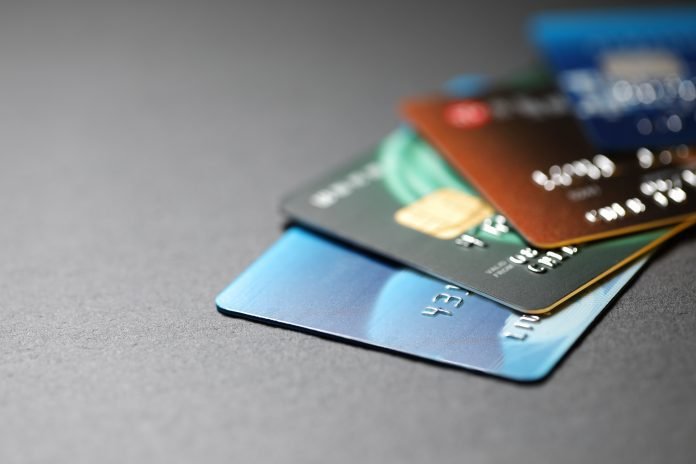Last Updated on May 25, 2025 by Rida Hamid
Your credit utilization rate is also known as the credit utilization ratio. The ratio of outstanding credit balance to credit card limit is generally called credit utilization. It calculates how much of your available credit you are utilizing. Using less of your available credit generally indicates that your credit utilization rate is low. According to the credit scoring models, low credit utilization shows that you are overspending. It means you are managing your credit well by not overspending.
Your credit score may be negatively impacted when your credit utilization ratio goes high. This is because when you use so much credit, lenders may assume that you are having financial difficulties and dependent on credit to get by. As a result, your credit card company or lender may consider you a high-risk borrower. Lenders may not show any interest in lending money to you.
On the other hand, having funds available that you aren’t using could indicate that you are solvent, in charge of your finances, and don’t need to borrow. One important point which you need to understand here is, even though credit utilization rate is essential, it will not be used by most of the lenders to decide whether or not to lend you. In fact, lenders will take many other things into consideration before making a decision.
If you have credit card debt then contact an expert in the market like Credit Associates. When you ignore your credit card debt, it will slowly increase every month, and one day when you really want to clear it, you will not be able to do it because of insufficient funds. When you contact the experts of this company, they will guide you on how to come out of your debt easily.
How to manage your credit utilization rate?
- In order to lower your credit utilization rate, you must first pay off your credit card debt completely. Once you have successfully cleared your debt, make sure that you remain disciplined. Avoid using credit much again to manage your credit utilization rate.
- Spread your monthly charges among multiple credit cards. By using multiple credit cards, you can lower your credit utilization rate. When you a single credit card for all your expenses, your card utilization rate may go high. However, remember that some credit-scoring algorithms may look at your overall credit use as well as individual credit card utilization. This means this strategy may not always work.
- Rather than canceling your credit card after paying off your outstanding balance completely and not intending to use it again, keep it open to assist lower your credit use ratio. However, here you have to check your credit card statement frequently for signs of fraud.
- Increasing your credit limit can also help you lower your credit utilization rate. There is nothing harm in applying for a credit limit increase if there is an improvement in your income.
How to improve your credit score?
In order to improve your credit score, you must make your credit card payments in time every month. You need to also review your credit reports frequently for any errors. Get in touch with your credit card company if you find any errors in your credit reports, which might hamper your credit score.



























